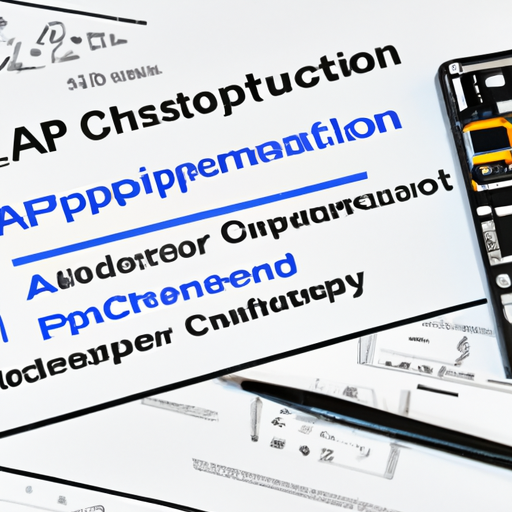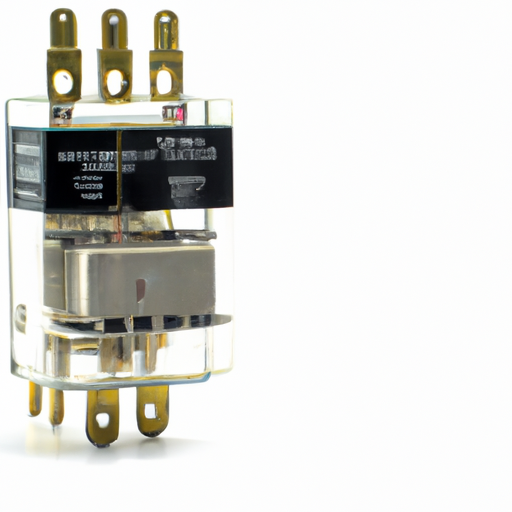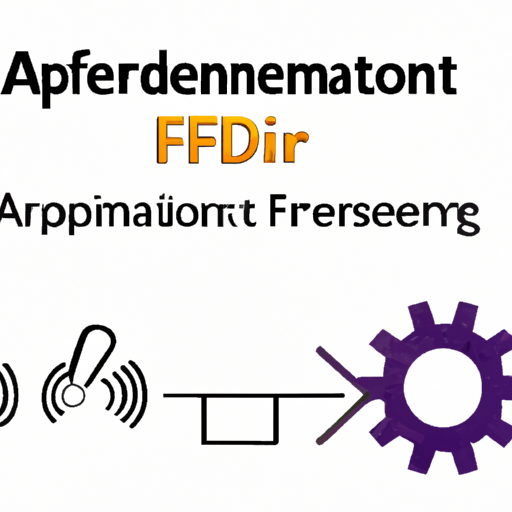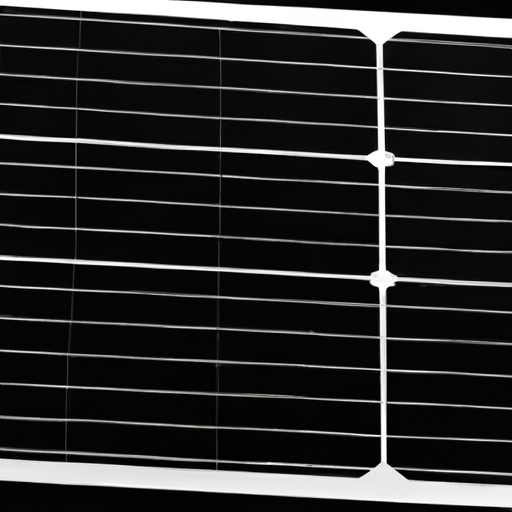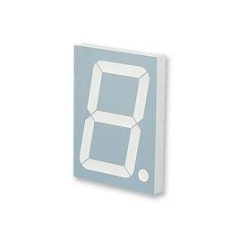MM74HC240N Vibration Sensors highlighting the core functional technology articles and application development cases of Vibration Sensors that are effective.
Overview of Vibration Sensors and Their Applications
Vibration sensors are essential tools in various industries, providing critical data for monitoring the health and performance of machinery, structures, and systems. While the MM74HC240N is a hex inverting buffer/driver used in electronic circuits, it can be part of a broader system that includes vibration sensors. Below is a detailed overview of the core functional technologies of vibration sensors and notable application development cases that demonstrate their effectiveness.
Core Functional Technologies of Vibration Sensors
| 1. Types of Vibration Sensors | |
| 2. Key Functional Principles | |
| 3. Data Acquisition and Analysis | |
| 1. Industrial Machinery Monitoring | |
| 2. Structural Health Monitoring | |
| 3. Consumer Electronics | |
| 4. Automotive Applications | |
| 5. Aerospace and Defense |
Application Development Cases
Conclusion
Vibration sensors are integral to various industries, providing valuable data for monitoring and predictive maintenance. Their core technologies, including accelerometers, piezoelectric sensors, and advanced signal processing techniques, enable effective application development across multiple domains. As technology continues to evolve, the integration of IoT and machine learning with vibration sensing will further enhance their capabilities and applications, paving the way for smarter and more efficient systems. The MM74HC240N, while not a vibration sensor itself, can play a role in the electronic circuits that support these advanced sensing technologies.


